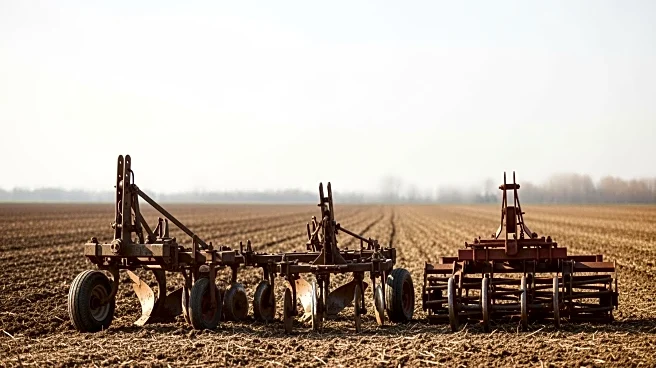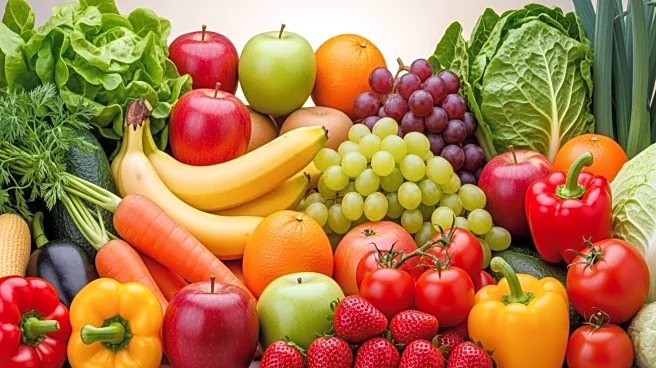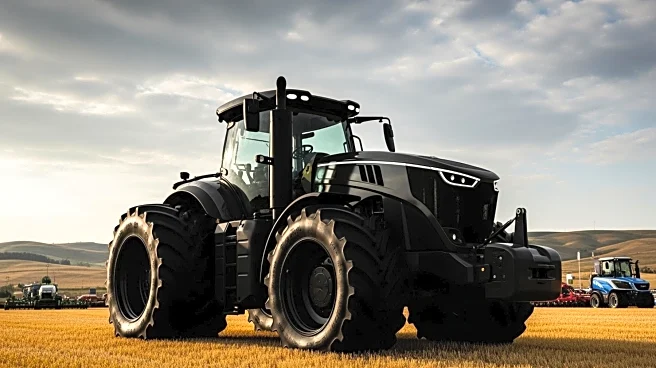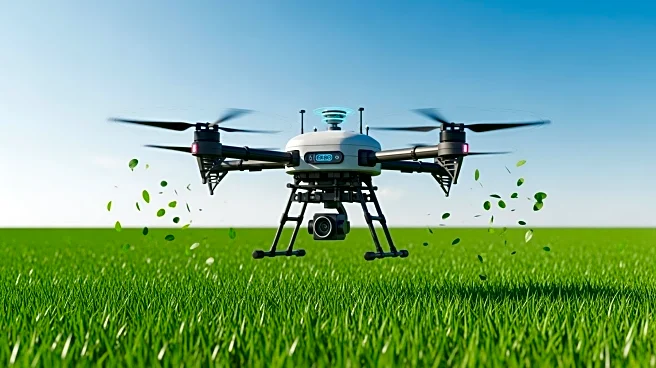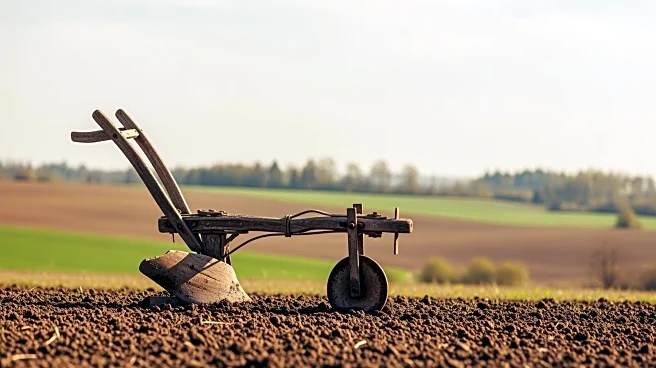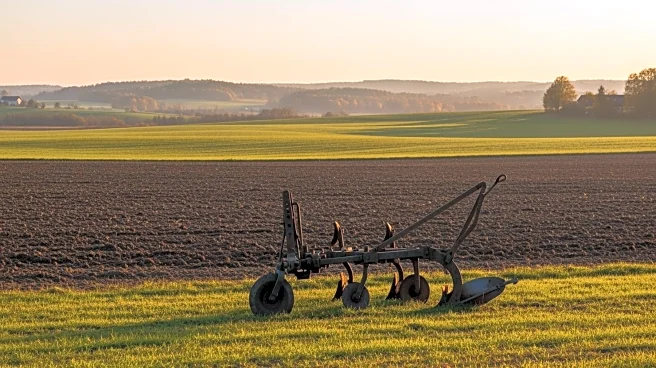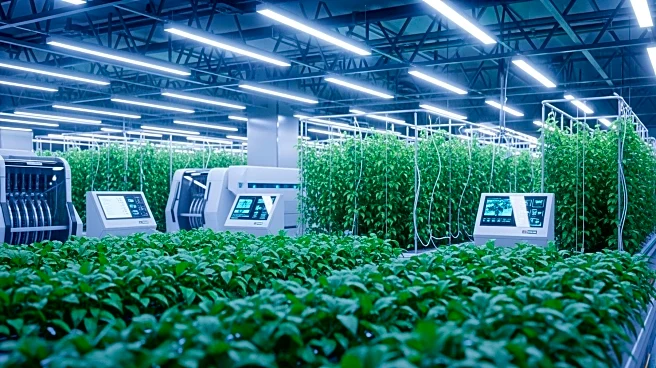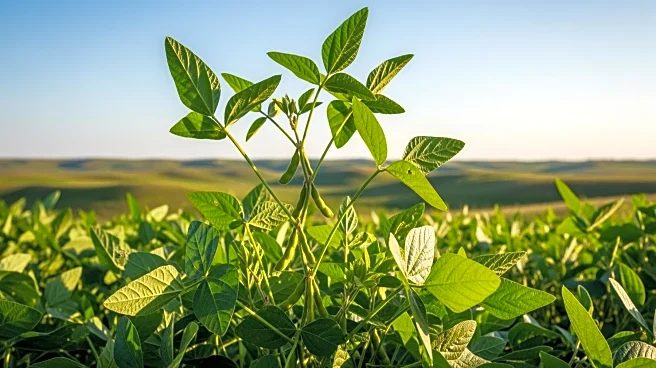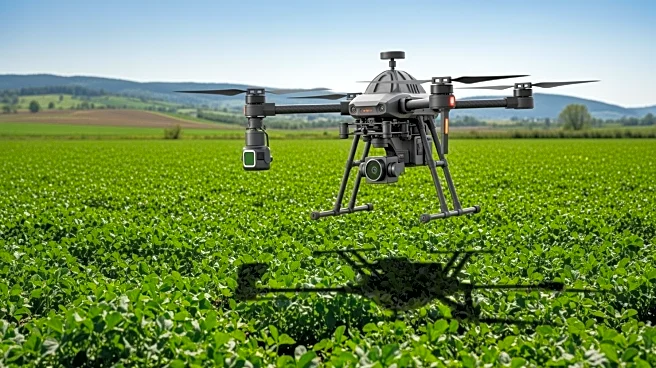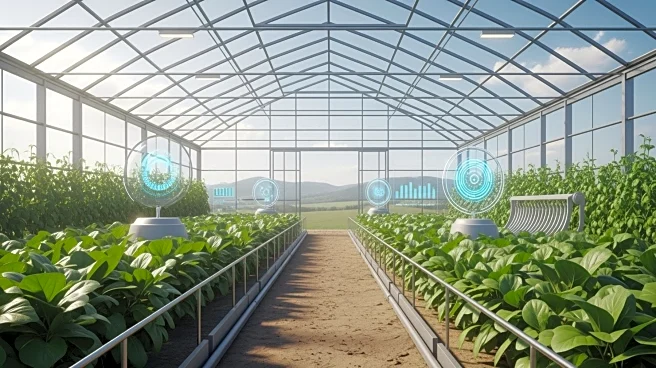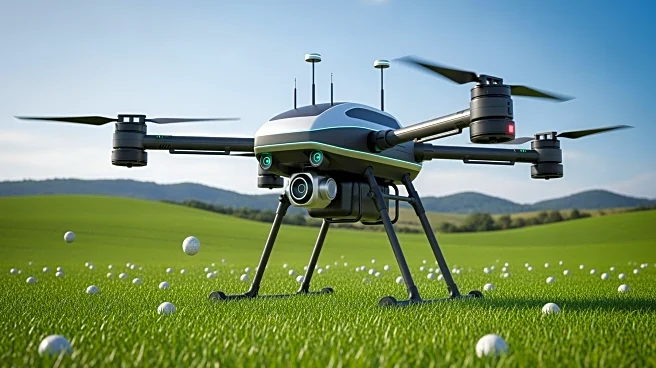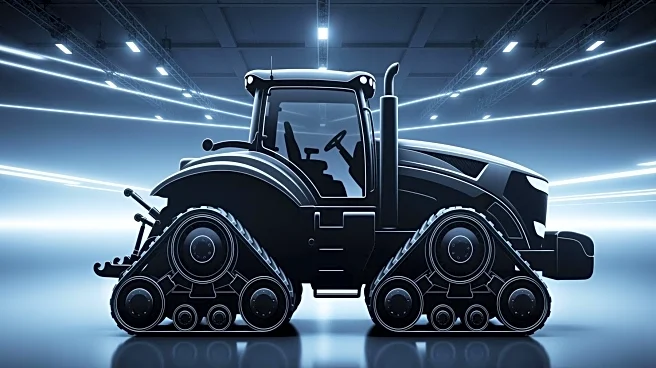What's Happening?
Agricultural experts emphasize the importance of fall tillage to prepare fields for spring planting. CJ Parker, Case IH North America tillage marketing manager, highlights the need to manage residue and break up compaction layers to ensure optimal soil
conditions. Daniel Stansbury, AgRevolution corporate service director, provides a checklist for equipment maintenance, including inspection and repair of crucial components. Vertical tillage tools are recommended for residue management, while disc rippers and chisels can improve soil drainage and root penetration.
Why It's Important?
Fall tillage is crucial for maintaining soil health and ensuring successful crop yields. By managing residue and addressing soil compaction, farmers can improve moisture retention and temperature consistency, which are vital for spring planting. Proper tillage practices can prevent soil erosion and enhance nutrient availability, contributing to sustainable agricultural practices. The guidance provided by industry experts helps farmers optimize their operations, potentially increasing productivity and profitability.
What's Next?
Farmers are encouraged to complete equipment inspections and repairs before the tillage season begins. As technology advances, companies like Case IH and John Deere are developing automated tillage systems to improve efficiency. Farmers may adopt these technologies to streamline operations and reduce labor costs. Continued innovation in tillage practices will support sustainable agriculture and address challenges such as climate change and soil degradation.
